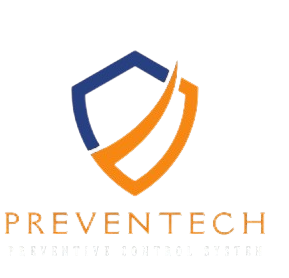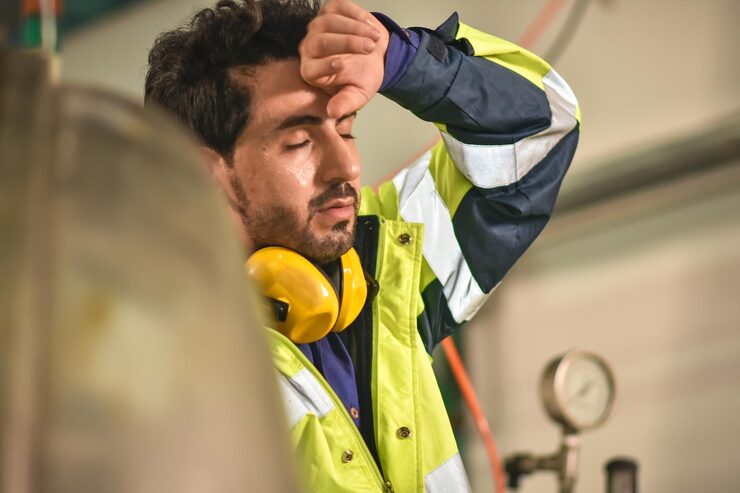
Motion Analysis Reinvents Industrial Injury Prevention
In the delicate ballet of factory work, each step matters. A subtle difference in a worker’s step or posture can be shrugged off as unimportant—yet such variations are often warnings of fatigue, mental stress, or imminent physical failure. This is where motion analysis, using science to interpret the body language. By monitoring patterns of movement in real-time, companies can now predict risk before accidents happen.
As the latest workplace safety research unequivocally demonstrates, predictive biomechanical monitoring is the future of injury prevention. With it, early intervention becomes possible through the identification of movement abnormalities that precede slips, strains, or equipment misuse. Leaders like Preventech are leading the charge with the integration of motion-sensing wearables, intelligent software, and responsive machine behavior.
This article presents the science of motion-based risk prediction, how motion analysis, postural deviation tracking, and injury prediction systems are transforming safety culture from reactive to proactive.
Biomechanical Monitoring Identifies Risk Before Injury
Biomechanical monitoring allows for the real-time observation of physical movements to assess safety and performance. According to a 2023 study in the Journal of Biomechanical Engineering, early-stage deviations in walking speed, stance width, or joint angle often precede workplace injuries by several hours or days.
By deploying motion analysis tools, industrial systems can detect these precursors before an incident occurs. Preventech uses biomechanical monitoring to analyze each worker’s physical behavior, comparing it to optimized motion baselines. When deviations cross safety thresholds, the system automatically alerts supervisors or modifies equipment behavior.
This approach helps identify chronic strain, fatigue buildup, or abnormal movement patterns—long before they result in harm. Unlike traditional methods that rely on self-reporting or post-incident investigations, biomechanical monitoring makes the body’s silent warnings visible. And with Preventech, these warnings aren’t ignored—they’re acted upon in real time.
Motion Analysis Tracks Subtle Postural Changes
Motion analysis is not limited to large or high-speed movements—it also picks up small postural adjustments that are predictive of rising risk. A worker bending 2° off-axis time and time again can accumulate back strain. A worker who lifts with a barely noticeable hip tilt can be seconds from injury. These small deviations are warning signs. Ergonomics in Design (2022) research demonstrates that monitoring postural deviation can detect 62% of soft tissue injury.
Preventech uses precise sensors embedded in wearable devices to monitor posture angles, joint loads, and fluid motion. The motion analysis system continuously looks for signs of strain, alerting or stopping activity as needed.
By translating biomechanical monitoring to everyday movement, Preventech elevates posture analysis from ergonomics guideline to real-time protection. When integrated with AI-driven injury prediction systems, this creates a closed-loop feedback loop. Motion is tracked, risk is assessed, and action is taken—before injury occurs.
Injury Prediction Systems Use Machine Learning
The foundation of modern injury prediction systems is machine learning. Machine learning algorithms extract vast databases of motion, environment, and injury outcome data and find patterns invisible to the human eye. AI in Human Factors (2023) indicates that machine learning models trained from motion datasets have over 90% accuracy predicting physical failure points.
Preventech harnesses this intelligence to apply real-time movement analysis to predictive models that learn from every step, reach, or twist. Each user’s movements shape the models, which personalize risk profiles. When risk occurs—due to fatigue, repetitive strain, or compromised movement—Preventech intervenes through machine lockout or ergonomic guidance.
This blend of AI and biomechanical monitoring allows injury prediction systems to respond before pain, error, or failure take hold. It allows for continuous learning: every incident avoided strengthens the algorithm further at preventing the next one. By this means, Preventech is not merely a safety device—it is a tutor and protector.
Fatigue Detection Through Kinematic Variability
Fatigue is not always evident as yawning and drooping eyelids. Oftentimes, it is seen as deviations in kinematic variability—the quality and consistency of body motion. A tired worker may drag his or her feet just a bit, be slower in reaching, or show unstable hand movements. IEEE Transactions on Human-Machine Systems studies (2023) confirm that increased kinematic noise is a top predictor of musculoskeletal injury.
Preventech uses high-frequency motion analysis to track millisecond alterations in walking cadence, lifting arcs, and reaction time. Micro-variations are input to its biomechanical monitoring algorithm, which detects incipient-stage fatigue before it becomes an injury. Integrated into its broader injury prediction system, the system responds with alerts for fatigue, recommendations for rest breaks, or reallocation of tasks.
Rather than relying on self-reporting—typically inaccurate due to adrenaline or work stress—Preventech listens to the body itself speak. And that’s why such a system for monitoring fatigue is scientifically superior and morally sound.
Post-Incident Data Loops Improve Future Prevention
One of the lesser-known advantages of smart injury prediction systems is that they are able to learn from near-misses and low-severity crashes. After an incident, Preventech analyzes pre-incident movement habits, postural instability, and environmental conditions to better forecast future incidents.
This cycle of learning uses motion analysis to reproduce the moments leading up to the incident. Combined with biomechanical monitoring, it picks up new and previously unobserved risk factors and adjusts safety levels accordingly. These lessons in return are fed back into the system over time, continually refining its response model with each piece of data.
Preventech is distinctive in how this loop of data does not merely protect one worker—it adds to safety for all workers. Each individual’s movements contribute to a shared, dynamic database of predictive information. The more it is used, the smarter the system is—highlighting the long-term value of intelligent injury prediction systems.
By receiving information not just reactively, but preemptively, Preventech makes every event a learning experience—and every move a gesture of protection.
Conclusion
Injury prevention in the past has relied on physical barriers, safety training drills, and reactionary emergency protocols. Science, however, informs us that the best defense is warning early—and warning early starts with movement. Motion analysis integrated with real-time biomechanical feedback gives industries the ability to detect fatigue, imbalance, and poor posture before catastrophe strikes.
Preventech puts this power into your hands, scales it, and makes it smart. Its advanced injury prediction technologies employ AI to crack the code on thousands of micro-movements, providing a sort of preemptive vision that was impossible a decade ago. And it doesn’t end there—learning, it adapts, and becomes better with every application.
By making each step, lift, and stretch useful safety information, Preventech remakes the meaning of preventing injury. It’s not simply about avoiding injury after the fact—about keeping people from getting hurt, even it happens—it’s about helping prevent those things from happening in the first place.



